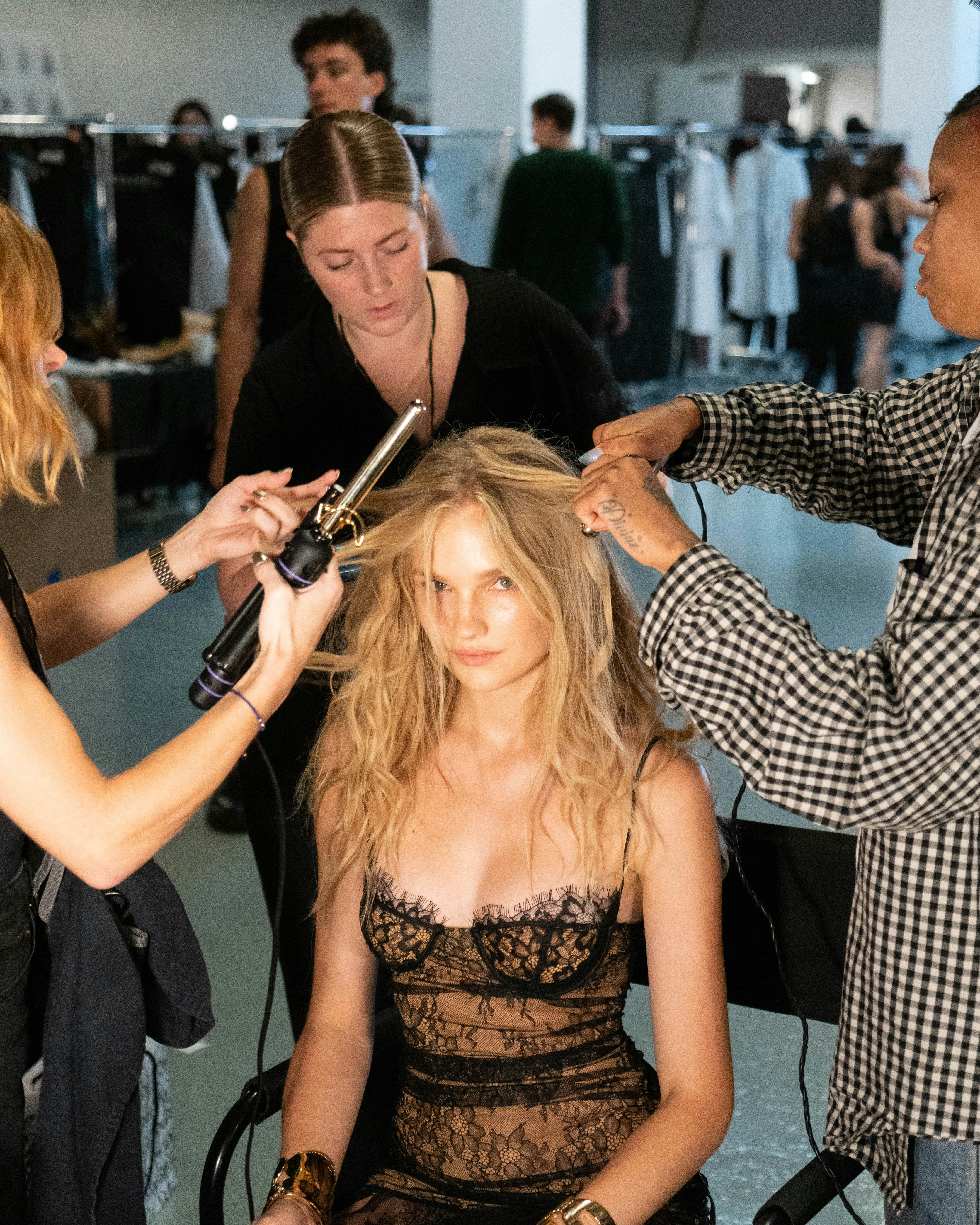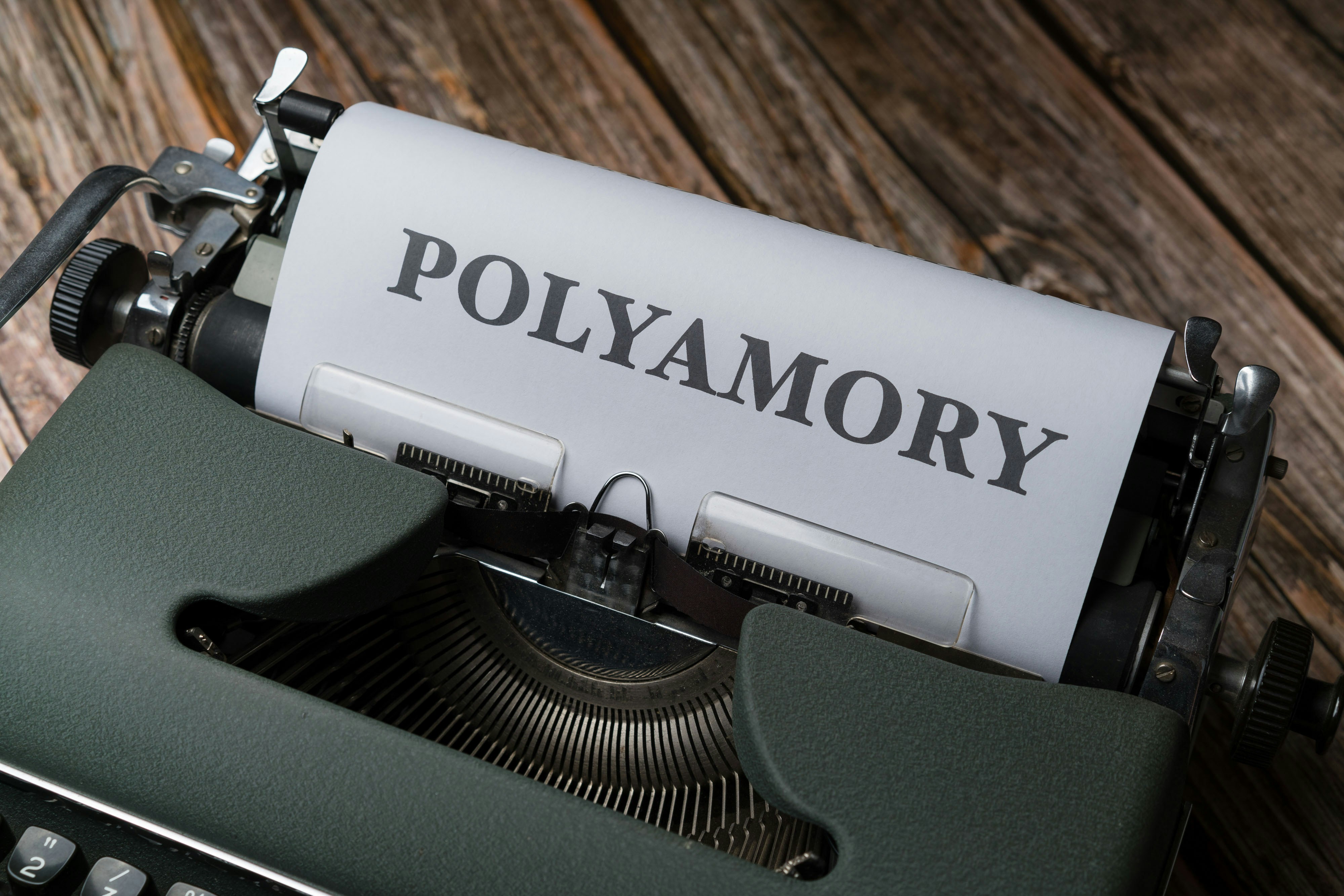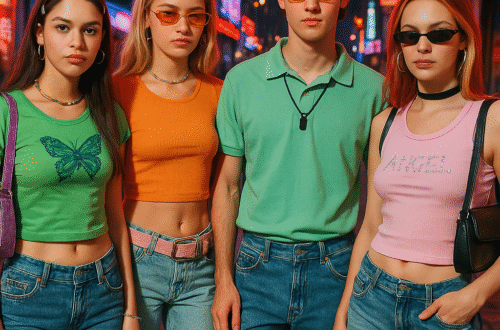Introduction to AI Fashion Stylists
AI fashion stylists embody a fascinating intersection of technology and personal expression, designed to assist individuals in curating their wardrobe choices. As technology has advanced, artificial intelligence has begun to permeate various industries, with the fashion sector being no exception. These digital stylists leverage sophisticated algorithms and machine learning techniques to analyze user preferences, body types, and current fashion trends. The essence of an AI fashion stylist lies in its ability to provide personalized recommendations, thereby enhancing the dressing experience for users.
The purpose of AI fashion stylists extends beyond mere recommendation systems. They aim to streamline the decision-making process, alleviating the stress and confusion often faced when selecting outfits. By utilizing data from past purchases, browsing history, and even social media activity, these AI systems can make informed suggestions that resonate with the individual’s unique style. Additionally, AI can analyze vast amounts of trend data and consumer behavior, enabling it to stay ahead of the ever-evolving fashion landscape.
The technology underlying AI fashion stylists often includes computer vision and natural language processing capabilities. Computer vision enables the AI to interpret images of clothing and assess their style, fit, and suitability for different occasions. Meanwhile, natural language processing allows these systems to understand and respond to user queries effectively. For instance, users can engage with AI through simple conversational interfaces, posing questions about outfit suitability or seeking advice on current trends.
As the fashion industry continues embracing digital transformation, AI fashion stylists are becoming increasingly prevalent. This growing trend signifies a shift towards a more personalized and efficient approach to fashion, allowing individuals to make informed style choices effortlessly. By bridging the gap between technology and personal style, AI fashion stylists are setting the stage for a revolution in how we perceive and engage with fashion.
The Evolution of Fashion Styling
The journey of fashion styling, as a field, is rich and dynamic, reflecting broader societal shifts in art, culture, and consumer behavior. Traditionally, fashion styling was a highly personalized experience, relying on the expertise of human stylists who understood the nuances of individual client preferences, body types, and emerging trends. The role of the stylist encompassed not just the selection of garments, but also the curation of a particular lifestyle and image. This bespoke service flourished through the decades as designers and brands sought to express their visions while catering to the evolving tastes of consumers.
As technology began to advance in the late twentieth century, the landscape of fashion styling began to change. The rise of digital platforms and e-commerce prompted a transformation in how shoppers approached style. An increase in options and accessibility led to more individuals seeking personalized advice, albeit in more scalable ways. This shift laid the groundwork for a more automated approach to fashion advice, exemplified by the introduction of various online styling tools and applications dedicated to helping users curate their wardrobe remotely.
The culmination of this evolution became increasingly apparent with the advent of artificial intelligence in the fashion industry. Machine learning algorithms and data analytics have opened new avenues for stylists, enabling them to deliver curated recommendations based on vast amounts of consumer data. The integration of AI into fashion styling offers personalization at a level previously thought impossible, as it can analyze user preferences and generate optimal outfit suggestions tailored to individual tastes and occasions. Consequently, consumers are witnessing a transition toward a more efficient and innovative approach to styling, driven by the capabilities of technology.
The transformation of fashion styling from human-led to AI-assisted solutions marks a major milestone in the industry, reflecting the relentless pursuit of efficiency and personalization. As consumer needs continue to evolve, the fusion of traditional artistry with modern technology represents the future of fashion styling.
Understanding the Mechanics of AI Fashion Stylists
AI fashion stylists operate on sophisticated algorithms and data processing techniques that enable them to analyze an individual’s preferences, body types, and the latest fashion trends. At their core, these AI systems utilize machine learning models that continuously learn and adapt from vast datasets. By utilizing historical data encompassing various fashion ensembles, user actions, and market dynamics, AI can identify patterns and make informed recommendations.
The process begins with data collection, where AI systems gather information on user preferences through surveys, quizzes, and user interactions on fashion platforms. This data includes details such as favorite colors, body measurements, and personal style inclinations. Additionally, modern AI fashion stylists keep a real-time watch on current fashion trends by parsing content from social media platforms, fashion blogs, and industry reports. This amalgamation of information allows the AI to create a robust profile for each user.
💰 Powerful Spells for Wealth & Prosperity
Attract money, success, and financial abundance with real magic spells that bring results fast.
Once the data is collected, the machine learning models analyze it using techniques like collaborative filtering and content-based filtering. Collaborative filtering identifies connections among users with similar tastes, while content-based filtering focuses on the characteristics of clothing items and how they align with user preferences. This dual approach enhances the accuracy of recommendations, ensuring that the AI stylist suggests outfits that not only fit a user’s body type but also align with their personal style and current trends.
Furthermore, AI fashion stylists employ natural language processing to interpret user feedback effectively. When users review or rate recommended outfits, the AI learns from this feedback and refines its algorithms for future suggestions, creating a continuously improving user experience. This synergy of advanced algorithms and real-time data processing is what makes AI fashion stylists increasingly reliable and insightful in wardrobe selection.
The Benefits of Using AI Fashion Stylists
AI fashion stylists offer a myriad of advantages over traditional styling methods, making them an appealing option for fashion enthusiasts and casual shoppers alike. One of the primary benefits is convenience. With just a few taps on a smartphone or clicks on a website, users can access personalized fashion advice at any time and from anywhere. This level of accessibility removes the need for scheduling appointments with human stylists, allowing for an on-demand experience that suits individual schedules.
Moreover, AI fashion stylists save significant time for those eager to update their wardrobe or find the perfect outfit. By analyzing personal preferences, body types, and current trends, these intelligent systems can curate selections swiftly, eliminating the often time-consuming process of browsing through endless clothing options. This efficiency allows users to focus on making purchase decisions rather than getting overwhelmed by choices.
Increased personalization is another standout benefit. AI fashion stylists utilize advanced algorithms to analyze data collected from user interactions, which leads to highly customized recommendations based on personal tastes. This level of personalization means that individuals receive style advice that aligns closely with their preferences, rather than generic suggestions. As a result, users can experiment with new looks tailored specifically to them, boosting confidence and overall satisfaction with their style choices.
Additionally, AI fashion stylists introduce users to new styles and trends that they may not have previously considered. By leveraging data from various sources, these systems can suggest unique combinations and items that broaden a user’s fashion horizons. This capability fosters a sense of creativity and encourages exploration in personal style, ensuring that fashion remains an exciting avenue for self-expression.
Limitations of AI in Fashion Styling
Despite the increasing sophistication of AI technologies, significant limitations persist in the realm of fashion styling. One primary challenge is the inability of artificial intelligence to fully replicate the nuanced understanding and intuition that human stylists naturally possess. Humans draw from a wealth of experiences, cultural contexts, and emotional insights that are difficult for machines to emulate. This human intuition plays a crucial role in making fashion choices that resonate on a personal level, allowing stylists to not only highlight an individual’s physical attributes but also to cater to their emotional states and lifestyle needs.
Moreover, AI fashion stylists often struggle with the subtleties of emotional understanding. Fashion is not just about aesthetics; it is also about expressing identity, mood, and even status. A human stylist can gauge a client’s feelings through verbal and non-verbal communication, tailoring their recommendations accordingly. In contrast, an AI system may lack the capability to interpret such emotional cues, leading to suggestions that might not align with the client’s current mindset or aspirations.
Technological barriers are another critical limitation. AI relies heavily on algorithms and vast datasets to generate styling recommendations. However, the effectiveness of these algorithms is contingent upon the diversity and quality of the data they are trained on. If the datasets lack representation across different body types, cultural backgrounds, and fashion sensibilities, the AI may produce skewed or uninformed recommendations that fail to cater to a broader audience. Such inadequacies not only hinder the AI’s performance but can also perpetuate existing biases in fashion.
In summary, while AI fashion stylists hold promise as a tool for enhancing personal style, their limitations highlight the irreplaceability of human intuition, emotional intelligence, and creativity in the art of fashion. Addressing these challenges will be essential for realizing the full potential of AI in this creative industry.
Explore Our Powerful Magic Spells
Choose a spell that suits your needs and experience real results today!
User Experiences with AI Stylists
The advent of AI fashion stylists has sparked considerable interest, with many users eager to explore their capabilities in personal dressing. A variety of experiences have emerged, showcasing both the potential advantages and limitations of these new technologies. Numerous testimonials highlight the ease of use and convenience AI stylists can bring to the fashion process. Users appreciate the personalized recommendations tailored to their unique preferences and body types, as these AI tools analyze significant amounts of data to provide customized style suggestions. Several users report that the process eliminates the stress of decision-making, allowing them to experiment with combinations they might not have considered before.
For instance, an avid user of an AI styling application shared their excitement regarding the ability to visualize outfits before trying them on. They noted that the platform’s machine learning algorithms suggested ensembles that felt both refreshing and aligned with their aesthetics. This user described how their confidence increased with the application of new garments that were recommended, ultimately enhancing their personal style. These positive outcomes showcase how well-designed AI literarily helps dress individuals better by adapting to their evolving tastes.
Overall, the user experiences with AI fashion stylists provide crucial insights into how these tools are transforming personal dressing and style explorations. The combination of positive testimonials and reported challenges illustrates a journey towards greater personalization in fashion, highlighting the ongoing evolution within this digital realm.
Case Studies of Successful AI Fashion Stylist Brands
In recent years, various brands and platforms have integrated artificial intelligence into their fashion styling services, leading to remarkable success stories. These case studies present insights into how AI fashion stylists are reshaping the industry by enhancing customer experiences and streamlining the styling process. One notable example is Stitch Fix, a personal styling service that utilizes AI algorithms to analyze customer preferences and style choices. Through their user-friendly platform, customers receive personalized clothing recommendations based on their individual tastes, body types, and lifestyle needs. By combining data science with human stylists, Stitch Fix has achieved significant customer retention, boosting their annual revenue and establishing themselves as a leader in the e-commerce fashion space.
Another innovator in this segment is Zalando, a European online fashion retailer. Zalando has implemented AI-driven features that help customers make more informed outfit decisions. Their “Style Profile” collects user preferences and browsing history to create curated selections tailored to specific occasions and personal tastes. By measuring engagement levels and conversion rates, Zalando has noted increased sales and customer satisfaction, which indicates the effectiveness of their AI-powered recommendations.
Additionally, companies like Amazon have ventured into AI fashion stylists through their “Virtual Dressing Room” technology. By allowing customers to visualize clothing items on themselves using augmented reality, Amazon has improved customer confidence in purchasing decisions. This not only leads to reduced return rates but also enhances the overall shopping experience. Each of these brands exemplifies how successfully integrating AI into fashion styling can drive significant business results, catering to the needs of modern consumers in a rapidly evolving marketplace.
Future Trends in AI Fashion Styling
The field of AI fashion styling is poised for significant transformation in the coming years, driven by advancements in technology and a growing demand for personalized fashion experiences. One key area of development is the integration of augmented reality (AR) within AI styling applications. As AR technology continues to mature, consumers might find themselves able to virtually try on outfits in real time, enhancing the shopping experience by allowing them to visualize how various garments would look without physically trying them on. This immersive approach promises to bridge the gap between digital and physical shopping environments.
Evolving algorithms will also play a crucial role in the future of AI stylists. These algorithms are expected to become increasingly sophisticated, processing not only a user’s preference data but also incorporating factors such as body shape, skin tone, and even current fashion trends. By leveraging machine learning, AI dressers can generate recommendations that are more aligned with individual styles, thus creating a more refined and accurate styling process. As AI systems gather more data from user interactions, the accuracy and quality of the fashion suggestions are likely to improve significantly.
Moreover, the concept of holistic personal fashion experiences is gaining traction. In the future, AI fashion stylists may extend their capabilities beyond mere outfit recommendations to encompass a broader understanding of an individual’s lifestyle. This could include considerations such as lifestyle events, climate, and personal occasions, helping to curate a wardrobe that not only looks good but also fits seamlessly into a consumer’s everyday life. As these technologies advance, consumers can expect AI fashion stylists to become more intuitive, adaptive, and responsive to their unique needs, ultimately transforming the fashion landscape.
Conclusion: Are Robots the Future of Fashion Styling?
As the integration of artificial intelligence into various sectors continues to evolve, the fashion industry is witnessing a significant transformation. The exploration of AI fashion stylists raises important questions about the evolving relationship between technology and personal style. While AI-driven tools are designed to assist users in selecting outfits based on individual preferences and trends, it is crucial to consider the emotional and psychological aspects of personal styling that only a human touch can provide.
Throughout this blog post, we have examined the capabilities and limitations of AI fashion stylists. From providing personalized recommendations based on data analytics to utilizing machine learning algorithms to predict trends, these technologies have undeniably increased efficiency in fashion selection. However, the subjective nature of personal style presents challenges that AI may not fully address. For instance, while algorithms can recognize patterns, they may lack the nuanced understanding of cultural context, individuality, and the emotional resonance that human stylists offer.
Readers may find themselves reflecting on their own preferences when it comes to fashion. Is there comfort in relying on a machine to dictate choices, or is the artistry of human stylists essential for self-expression? The juxtaposition of AI capabilities with human intuition raises significant considerations for the future of fashion. As we observe the advancements of AI in this realm, it is clear that the coexistence of robots and human stilists might create a harmonious dynamic where technology enhances creativity rather than replaces it.
Ultimately, the question remains: can robots truly dress us better than humans? While they hold promise in streamlining the styling process, the most effective fashion experiences may come from a blend of innovative technology and the irreplaceable human touch. This ongoing dialogue invites readers to engage with their own journey in fashion and the role AI will play in their future choices.








